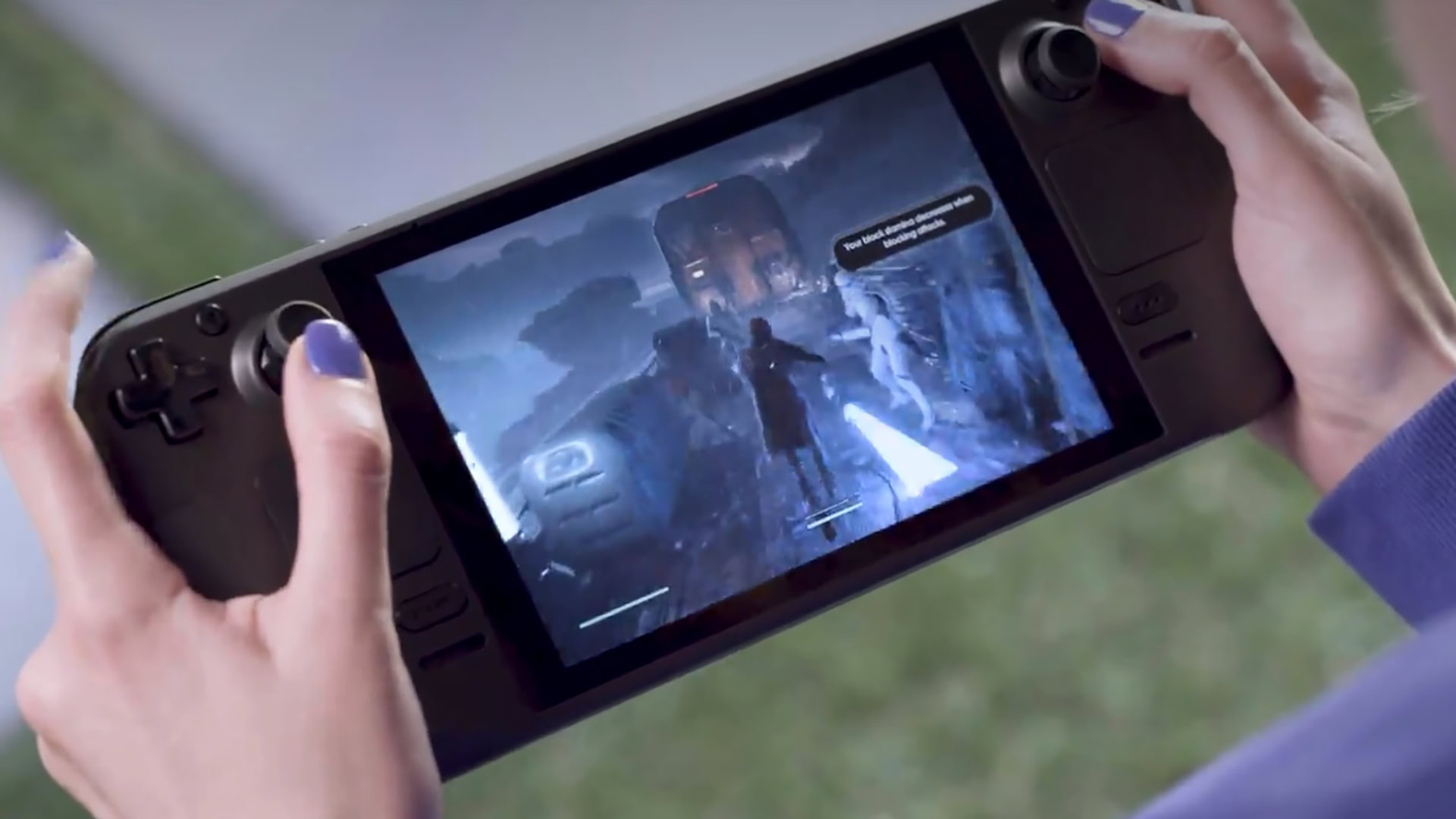Affiliate links on Android Authority may earn us a commission. Learn more.
2021 in computing: The top developments of the year
December 24, 2021
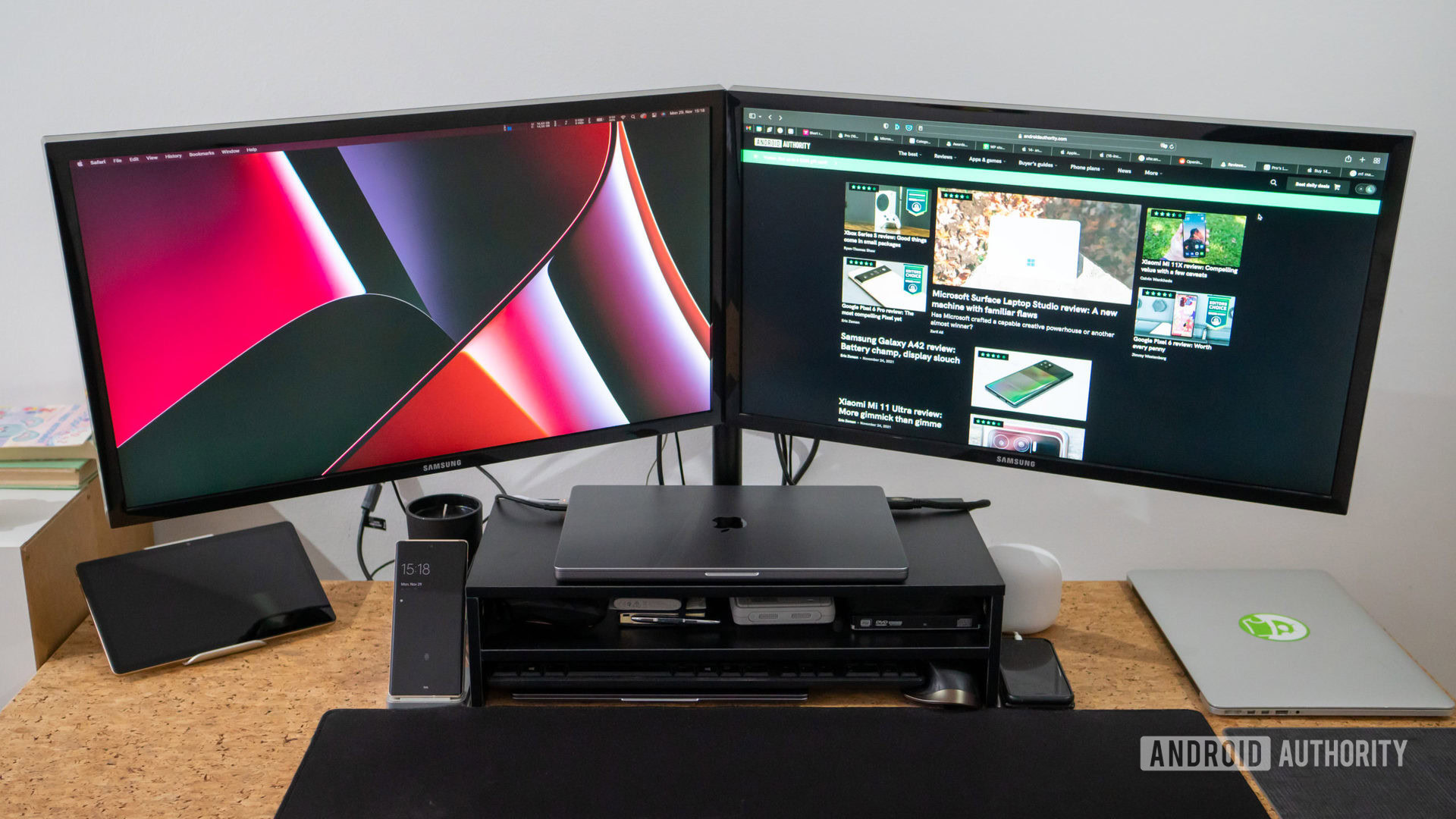
After a relatively slow year due to the pandemic and supply chain slowdowns, 2021 saw some massive developments across the personal computing sphere. While the supply chain disruptions haven’t gone away, the developments we saw this year paint an exciting future for computers. Let’s take a quick look at the year 2021 in computing.
Microsoft releases Windows 11
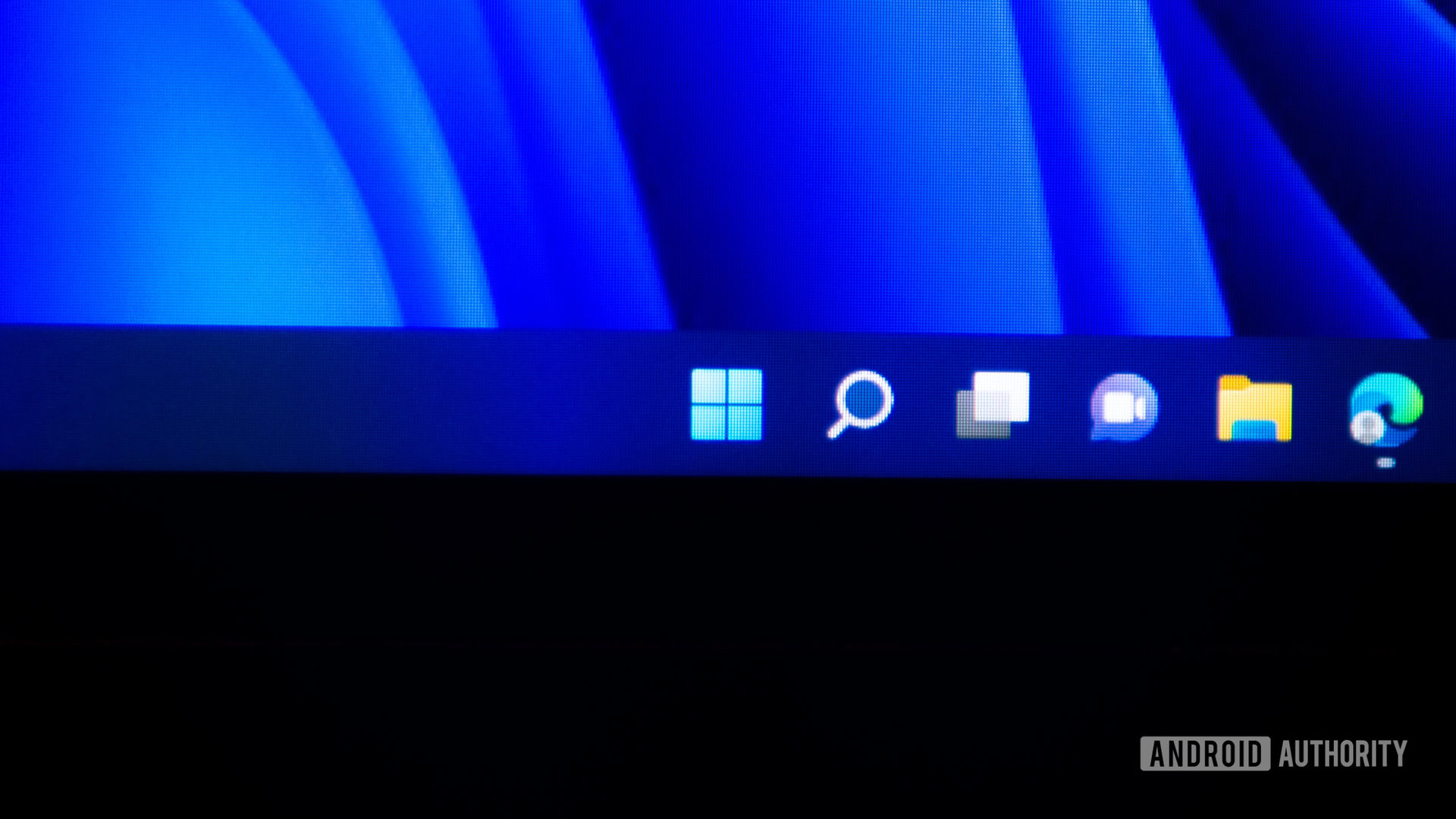
After letting everyone believe that Windows 10 would be the last big named update to the long-running OS, Microsoft surprised us with Window 11. The new OS caused a lot of waves too, for reasons both good and bad. The update itself is free for Windows users, but there was a lot of (justified) criticism over the OS not supporting most older devices in the name of enhanced security. Windows 11 also saw Microsoft get pushy over keeping Edge as your default browser. However, the company seems to be backpedaling on that move now.
Among other new features, Windows 11 brings Android app support, and you can even install the Google Play Store on it (unofficially). While still in beta testing, this feature is a rather solid way of making Windows a better environment, just as releasing the education-focused Windows 11 SE is.
More here: Everything you need to know about Windows 11
Intel hits back with 12th gen, and DDR5 enters mainstream
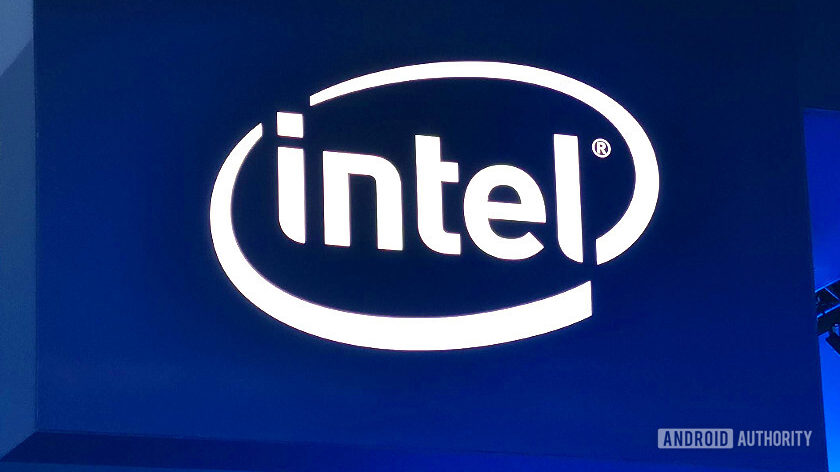
Intel has had a tough few years with its process failures and reduced transistor sizes. On the other hand, AMD managed to race past with its Ryzen series of chips. In 2021, though, Intel made a rather impressive comeback with its 12th gen chips. The Alder Lake-S chips don’t arrive on a shrunk process, but Intel’s architectural improvements have put it back on top with the Intel i9-12900K, which puts up a solid fight against AMD’s best.
With the 12th gen, what also arrived on the scene is the next generation of PC memory, DDR5. DDR5 brings in a bunch of improvements to the table, with improved bandwidth, higher frequencies, increased capacity, and more. Intel’s platform is the only one that supports the new standard right now, but we can expect AMD to join in with its next generation, as DDR5 adoption speeds up.
Steam Deck brings portable gaming to PC
Portable gaming has always been something with great potential. It has seen its ups and downs, and for the past few years, the Nintendo Switch has been the only device with a mainstream presence and influence in the space. In 2021, Steam revealed its big plans for portable gaming by announcing the Steam Deck, a portable Linux-based gaming console.
Of course, there have been portable PCs that can do a fair bit of gaming, like GPD’s devices. However, Steam putting its name on one is great news for this device category and will help move the needle. As low-power hardware gets better and better, and cloud gaming gets more mainstream, the future of gaming on the go looks bright.
Hot take: The Steam Deck has potential — if Valve can stay committed
Apple reinvents the MacBook Pro
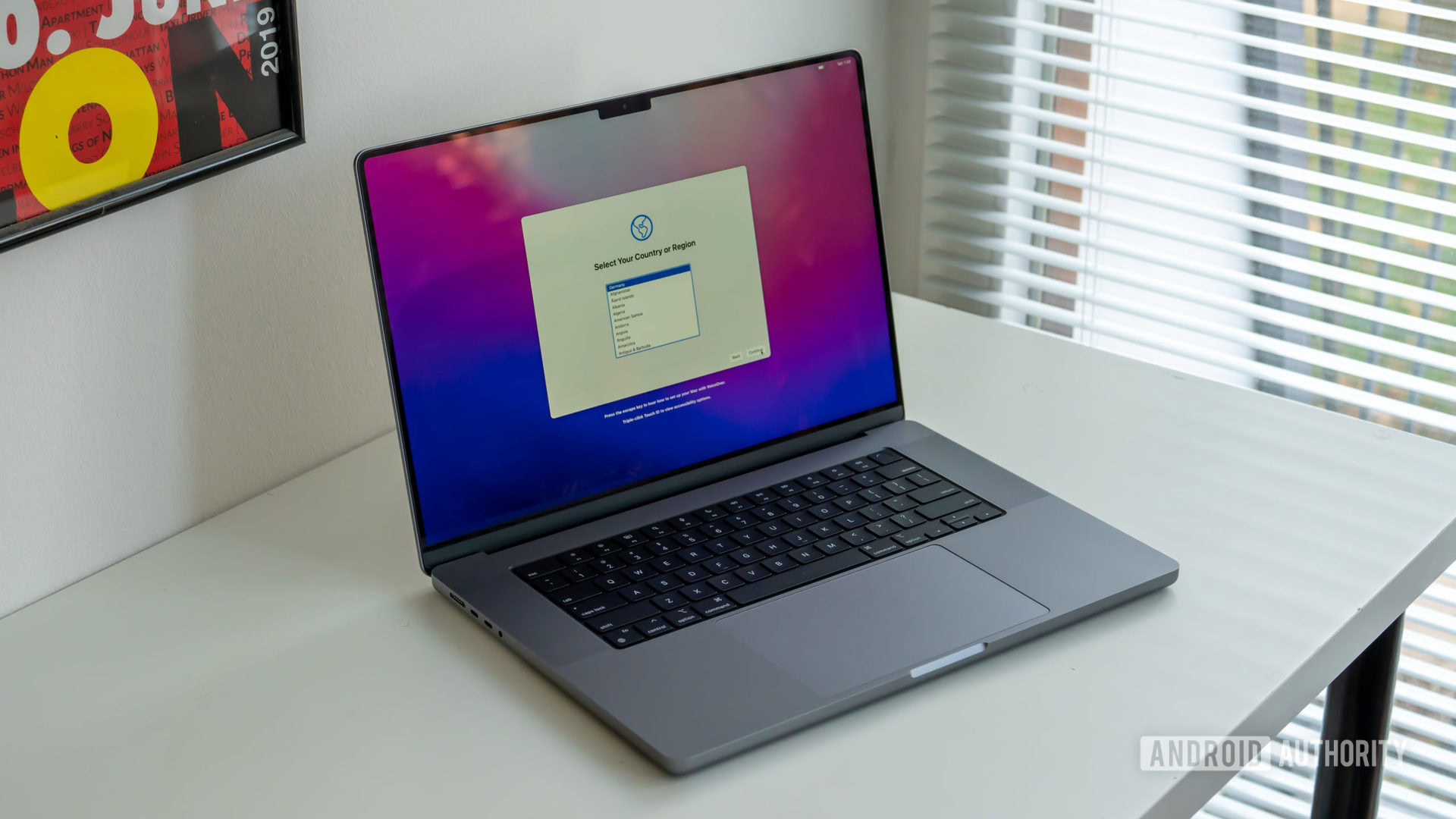
Speaking of low-power hardware getting better, Apple once again showed off its expertise in custom silicon this year. The new MacBook Pro notebooks, with the new M1 Pro and M1 Max chips, brought back a lot of what was good with MacBooks Pros. These new chips are a new high for Apple. They have great efficiency, offering a solid performance per watt.
This was also a great move from Apple. It’s one of those rare instances of the company listening to its customers. The new MacBook Pros bring back an HDMI port, an SD card reader, and even the beloved MagSafe. The latter we had not seen since Apple retired the older MacBook Air. These machines are Pro again, and we’re bound to see better Windows laptops because of them.
Our review: The MacBook Pro (2021) is proof the customer is always right
Right to Repair takes off

2021 was also an excellent year for Right to Repair — the movement pushing electronics manufacturers to improve the reparability of their devices and make repairing more accessible to consumers. After an executive order from US president Joe Biden asking the Federal Trade Commission (FTC) to review pro-customer regulations, the FTC published a statement prioritizing action against repair-hindering manufacturers.
With federal support for reparability, we can expect the movement to get even stronger in the coming year. We also saw a new entrant in the space, Framework, make a modular laptop that prioritizes repair. It may not end up being the blueprint for the industry, but we’re likely to see better efforts from major laptop manufacturers in terms of upgradability and reparability.
Nvidia’s acquisition of Arm hits a roadblock
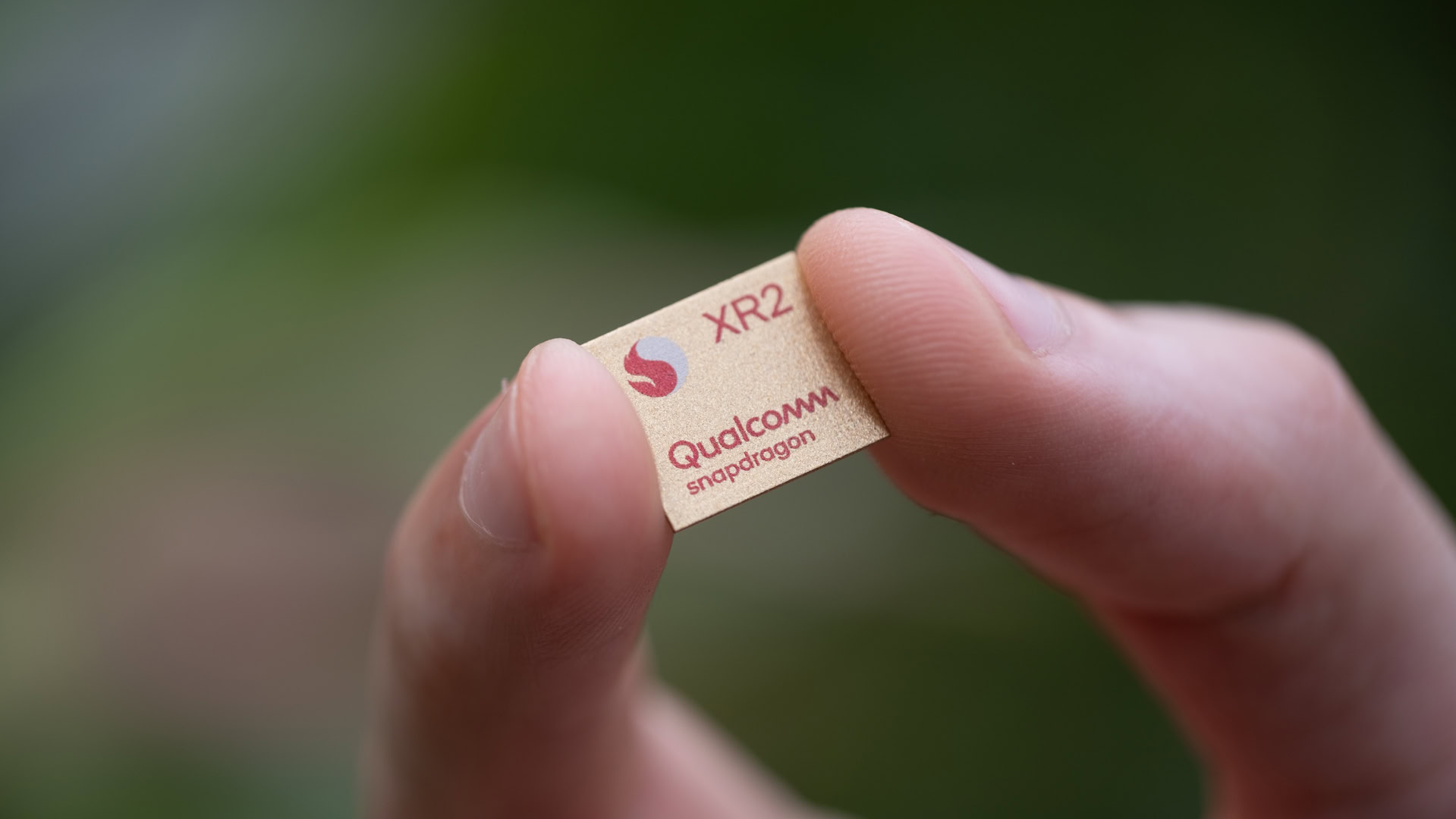
NVIDIA has been trying to acquire Arm — the semiconductor design company behind the Arm processors we all love and use. After pursuing a $40 billion acquisition, NVIDIA’s attempts to buy out the company have been blocked by the FTC, which sued to stop the deal from going through. Being such a major potential shift in the semiconductor business, this deal has attracted quite a lot of regulatory attention.
The FTC thinks the acquisition would give NVIDIA too much power, letting it police Arm’s deals. The FTC doesn’t want NVIDIA to have an unfair advantage over its competitors. The semiconductor industry is already in a bad place. So this deal is unlikely to happen now, even though it was expected to close out by the end of 2022.
Possibilities: What NVIDIA buying Arm means for your next smartphone
GPU stocks remain the same, but here’s some more Supersampling
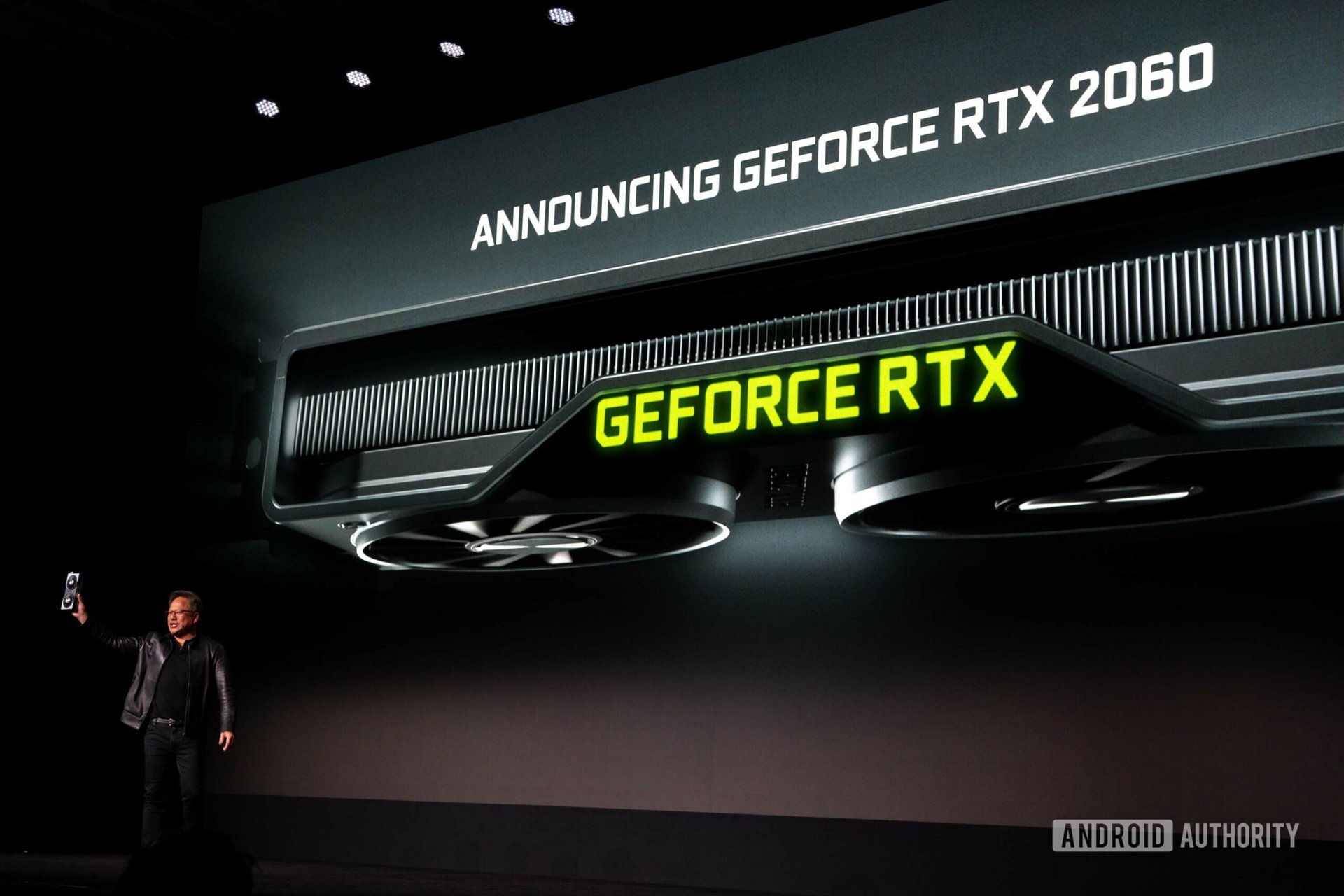
Speaking of the semiconductor shortage, stocks of GPUs and other silicon products remained more or less the same in 2021. There were quite a few updates about the chip shortage this year. However, nearly all of them suggested the shortage was only expected to ease in 2023. So if you managed to buy a GPU this year at a price that didn’t leave a hole in your wallet, you were one of the lucky ones.
While GPUs were missing from store shelves, we saw AMD and Intel step up and offer their own takes on supersampling technologies. AMD debuted FSR and Intel debuted XeSS to take on the giant Nvidia’s DLSS. While not as great as actually having new GPUs in hand, these technologies are a step towards improving the user experience.
Explained: The global computer chip shortage explained
That’s all for 2021. 2022 is slated to be a great year for tech and computing. Here’s to better stocks, better performance, lower wattages, and lower temperatures. Stay tuned to Android Authority for more!
Thank you for being part of our community. Read our Comment Policy before posting.
